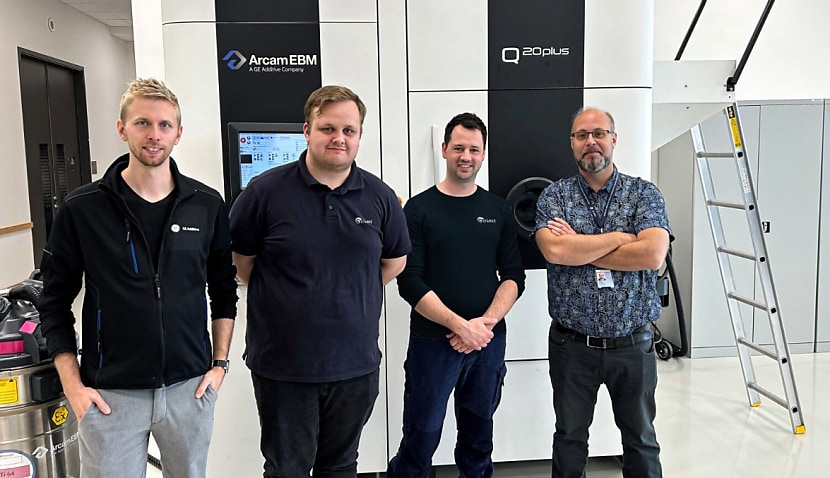
The site – located at VPG Innovation’s HQ in Camden Park, Adelaide – was unveiled by the state’s Deputy Premier, Susan Close, and funded by the iLAuNCH research collaboration.
“As we transition from resource-intensive manufacturing to more research-driven and energy-efficient processes, we will produce more high-value products,” said Close.
“This 3D printing technology makes it possible to rapidly manufacture custom-made parts and other space infrastructure that can save businesses time and cost.”
Additive manufacturing, better known as 3D printing, is the process of creating an object by building it one layer at a time, as opposed to traditional methods of cutting away a solid block of material.
It’s increasingly being used by the space industry to create new types of materials that can withstand the rigours of space.
The Advanced Manufacturing facility was also significantly the first-ever project greenlit by iLAuNCH and will pave the way for future innovations.
“The technology behind this new endeavour will use additive manufacturing through electron beam melting (EBM) of metals,” said iLAuNCH last year.
“The EBM technique has the huge advantage that almost all of the energy put into creating the electron beam goes into melting the metallic dust. This is extremely important as the dust that we are talking about is high-temperature metals such as titanium and nickel, which melt at very high temperatures or can become brittle.
“The EBM process takes place in a vacuum, allowing for a high temperature in a non-oxygenated environment, which relieves internal stresses and results in more resilient, flexible parts.
“The design freedoms allowed by additive manufacturing methods such as 3D printing provide designers of space objects with immense opportunities to optimise parts for performance by removing the limitations imposed by traditional manufacturing methods.”
The $180 million iLAuNCH trailblazer is a partnership between academic institutions and more than 20 industry partners that aims to accelerate the development of the space manufacturing sector.
Since its inception in 2022, it has already helped scores of projects.
Space Connect reported earlier this month, for example, how iLAuNCH would develop an Earth observation camera that uses shortwave infrared technology and AI to peer through clouds.
The “multi-sensor camera” is being developed by Leonardo, Spiral Blue, Nominal Systems, and ANU and will be used for disaster operations, land management, and defence.
“This partnership will bring first mover advantage to Australian industry and ANU, which is set to deliver a commercially viable product for future satellites,” said iLAuNCH Trailblazer executive director Darin Lovett.

Adam Thorn
Adam is a journalist who has worked for more than 40 prestigious media brands in the UK and Australia. Since 2005, his varied career has included stints as a reporter, copy editor, feature writer and editor for publications as diverse as Fleet Street newspaper The Sunday Times, fashion bible Jones, media and marketing website Mumbrella as well as lifestyle magazines such as GQ, Woman’s Weekly, Men’s Health and Loaded. He joined Momentum Media in early 2020 and currently writes for Australian Aviation and World of Aviation.
Receive the latest developments and updates on Australia’s space industry direct to your inbox. Subscribe today to Space Connect here.












